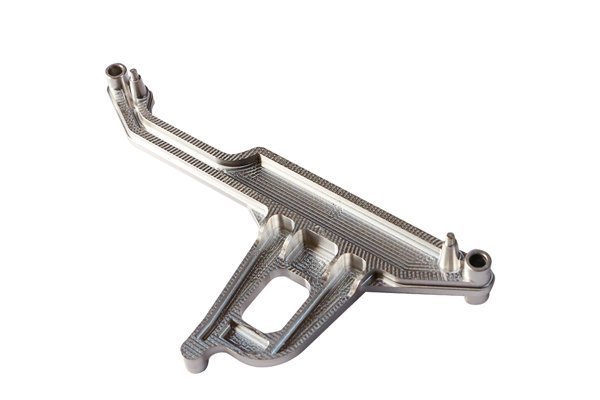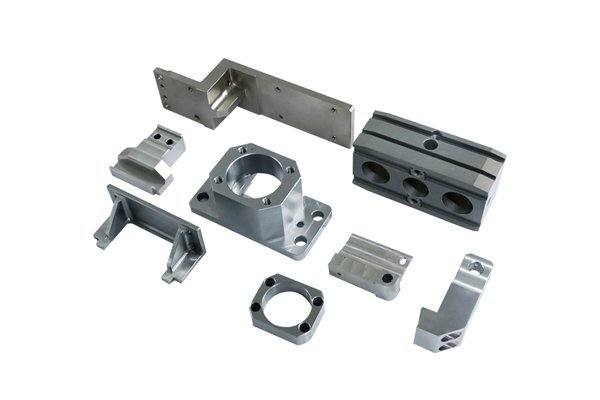—
Opening
Did you know that according to a recent survey, over 30% of manufacturers reported that quality assurance was one of their top concerns in CNC machining? As the demand for precision and reliability in machined components continues to escalate, ensuring the quality of these parts is more critical than ever. But how can CNC processing plants meet these expectations and ensure that each component produced is of the highest quality? This question leads us to explore the strategies, technologies, and testing means that can help achieve that goal.
Content
Understanding CNC Machining Quality
Before diving into the various testing methodologies, it’s essential to understand the significance of quality in CNC machining. CNC (Computer Numerical Control) machining has revolutionized the manufacturing industry by enabling the production of intricate parts with high precision and repeatability. However, a poorly machined component can lead to catastrophic failures in assemblies, wastage of materials, and substantial financial losses. Ensuring quality in machining involves meticulous attention to detail, cutting-edge technology, and systematic approaches to testing.
Factors Influencing Machining Quality
Quality in CNC machining is influenced by numerous factors:
Comprehensive Testing Strategies
Ensuring high-quality output in CNC machining requires a multi-faceted approach to testing. Below are some effective strategies and methodologies that CNC processing plants can adopt:
One of the fundamental aspects of quality assurance is dimensional inspection. Here, measurements are taken to verify that components meet the specified tolerances. Tools used for this include:
Regular dimensional checks at various stages of the machining process help to maintain consistency in component quality.
The surface finish of machined parts can significantly affect their performance, especially in applications involving friction or aesthetics. The following techniques are commonly employed to assess surface roughness:
Routine assessments of surface quality help in meeting customer specifications related to aesthetics or functional requirements.
Understanding the material properties of machined parts is vital for quality assurance. Testing methods include:

Integrating thorough material testing can prevent failures in the field and enhance product longevity.
In addition to ensuring dimensional accuracy, functional testing evaluates the performance of machined parts under operational conditions. This method is crucial for components that operate under stress or in specific environments. Functional tests should include:
Functional testing ensures that parts not only meet specifications but also perform adequately in real-world situations.
Utilizing statistical methods to analyze the consistency and predictability of the machining process is another effective approach to ensure quality. This involves:
Adopting continuous process improvement methodologies, such as Six Sigma, will further bolster quality assurance efforts.
Integrating automated monitoring systems within the CNC machining environment can help detect deviations in real time. Some effective monitoring techniques include:
Incorporating in-process monitoring enables quick corrective actions, reducing waste and ensuring more consistent quality.
Establishing robust documentation practices around every machining process not only helps in understanding quality control outcomes but also aids compliance with industry regulations. Important documentation includes:
Traceability is crucial, especially in industries like aerospace or medical devices, where safety and compliance are paramount.
Finally, one of the most significant contributors to ensuring quality in CNC machining is the training and motivation of personnel. Providing regular training sessions on the latest machining technologies, quality control techniques, and troubleshooting fosters a culture of quality within the organization. Encourage team involvement in quality initiatives, allowing employees to identify potential improvements in the machining process.
Ending
In conclusion, ensuring the quality of machined parts in CNC processing plants involves a meticulous approach that includes dimensional inspections, surface roughness evaluations, comprehensive material testing, functional assessments, process capability analysis, real-time monitoring, robust documentation practices, and a well-trained workforce. Each of these strategies plays a pivotal role in achieving the desired quality outcomes.
As the manufacturing landscape continues to evolve with increasing demands for precision and reliability, the importance of quality assurance cannot be overstated. By focusing on innovative testing means and methodologies, CNC processing plants can enhance their output quality, reduce waste, and ultimately improve customer satisfaction. Your commitment to quality not only fosters trust in your products but also positions your business for sustainable success in a competitive market. Thinking about quality assurance today means ensuring a better tomorrow for your machining endeavors.






